Research Research Highlights
Research Highlights
Research Highlights
Research Highlights
Research Highlights 미리보기
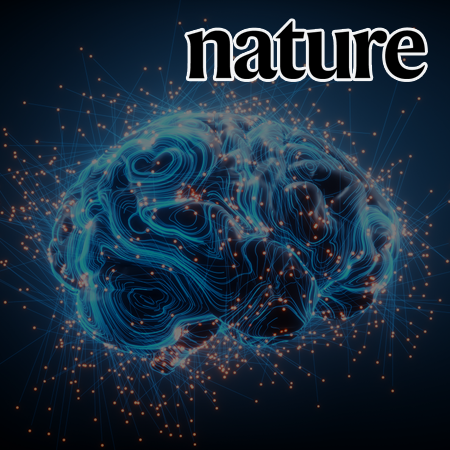
Temporally Distinct 3D Multi-Omic Dynamics in the Developing Human Brain
Prof. Dong-Sung Lee
Professor Dongsung Lee from the College of Medicine at SNU, in collaboration with researchers at UCLA and UCSF, has published a paper in Nature, being the first in the world to study epigenomic changes, including the three-dimensional genome structure and DNA methylation, during human brain development from the fetal stage to adulthood at the single-cell level, using the single-nucleus methyl-3C technology they developed.
Research Highlights Board

Comparable humoral and cellular immunity against Omicron variant BA.4/5 of once-boosted BA.1/2 convalescents and twice-boosted COVID-19-naïve individuals
Prof. Myoung-Don Oh, Prof. Hang-Rae Kim, Prof. Hyun Mu Shin, Prof. Chang-Han Lee
The fourth vaccination dose confers additional protective immunity against severe acute respiratory syndrome coronavirus 2 (SARS-CoV-2) infection in individuals with no prior coronavirus disease-19 (COVID-19).
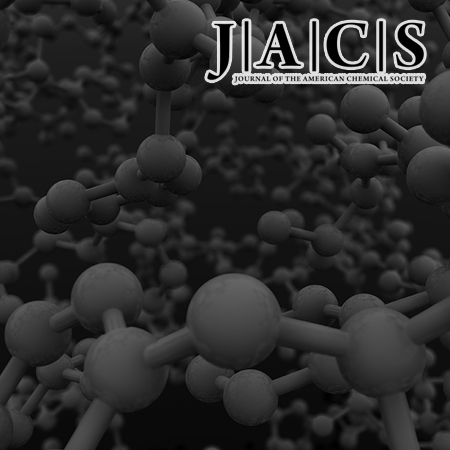
Underlying Role of Hydrophobic Environments in Tuning Metal Elements for Efficient Enzyme Catalysis
Prof. Woon Ju Song
The catalytic functions of metalloenzymes are often strongly correlated with metal elements in the active sites. However, dioxygen-activating nonheme quercetin dioxygenases (QueD) are found with various first-row transition-metal ions when metal swapping inactivates their innate catalytic activity.

Lysosomal control of senescence and inflammation through cholesterol partitioning
Prof. Chanhee Kang
Whereas cholesterol is vital for cell growth, proliferation, and remodeling, dysregulation of cholesterol metabolism is associated with multiple age-related pathologies. Here we show that senescent cells accumulate cholesterol in lysosomes to maintain the senescence-associated secretory phenotype (SASP).
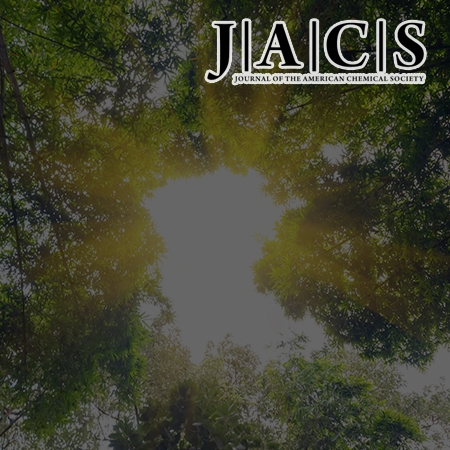
Photocatalytic C–O coupling enzymes that operate via intramolecular electron transfer
Prof. Woon Ju Song
Efficient and environmentally friendly conversion of light energy for direct utilization in chemical production has been a long-standing goal in enzyme design.
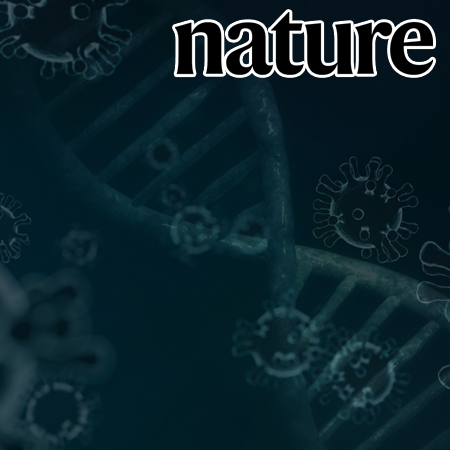
Sequence determinant of small RNA production by DICER
Prof. V. Narry Kim
RNA silencing relies on specific and efficient processing of double-stranded RNA by Dicer, which yields microRNAs (miRNAs) and small interfering RNAs (siRNAs).
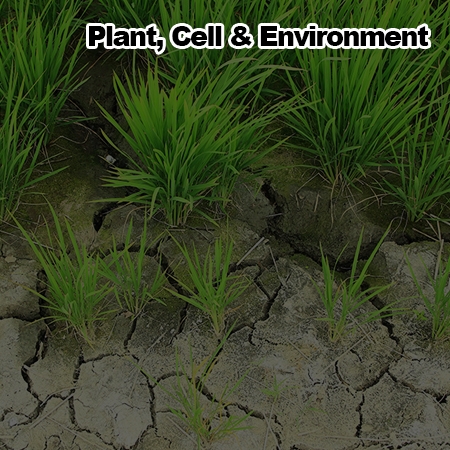
Suppression of cuticular wax biosynthesis mediated by rice LOV KELCH REPEAT PROTEIN 2 supports a negative role in drought stress tolerance
Prof. Nam-Chon Paek
Drought tolerance is important for grain crops, including rice (Oryza sativa); for example, rice cultivated under intermittent irrigation produces less methane gas compared to rice grown in anaerobic paddy field conditions, but these plants require greater drought tolerance.
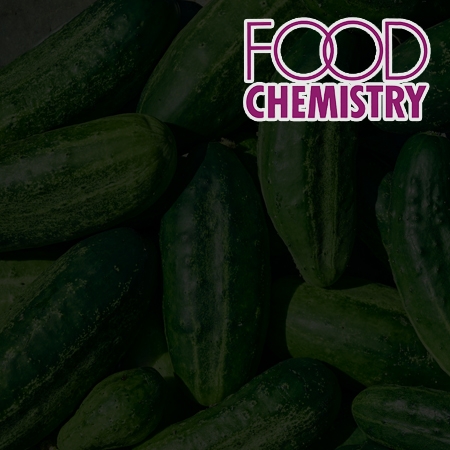
Cucurbitacin and volatile compound profiling reveals independent domestication of cucumber (Cucumis sativus L.) fruit
Prof. Eun Jin Lee
Cucurbitacins and volatile compounds of cucumber fruit of 69 genotypes were profiled. Cucurbitacin C was only detected, while other types were not detected. Distinct genotype traits were classified into four groups based on compound profiles. Volatile compounds in F1 hybrids were lower than those in parents and mid-parents.
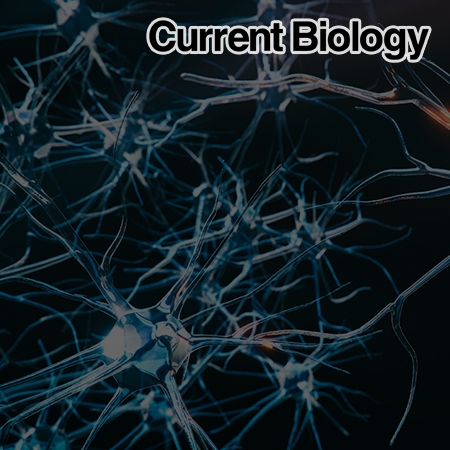
Hippocampal engram networks for fear memory recruit new synapses and modify pre-existing synapses in vivo
Prof. Bong-Kiun Kaang
As basic units of neural networks, ensembles of synapses underlie cognitive functions such as learning and memory. These synaptic engrams show elevated synaptic density among engram cells following contextual fear memory formation.
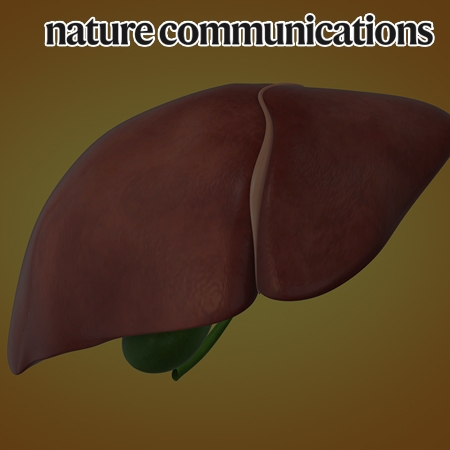
Bioengineered liver crosslinked with nano-graphene oxide enables efficient liver regeneration via MMP suppression and immunomodulation
Prof. Kyung-Sun Kang
Decellularized extracellular matrix scaffold, widely utilized for organ engineering, often undergoes matrix decomposition after transplantation and produces byproducts that cause inflammation, leading to clinical failure.

Mitochondrial Fragmentation and Donut Formation Enhance Mitochondrial Secretion to Promote Osteogenesis
Prof. Yun-Sil Lee
Mitochondrial fission and donut formation increase during osteoblast maturation. Fragmented mitochondria and MDVs are secreted extracellularly during osteogenesis. Increasing mitochondrial fission through OPA1 downregulation enhances osteogenesis. Treatment of osteoblast-secreted mitochondria accelerates bone regeneration.
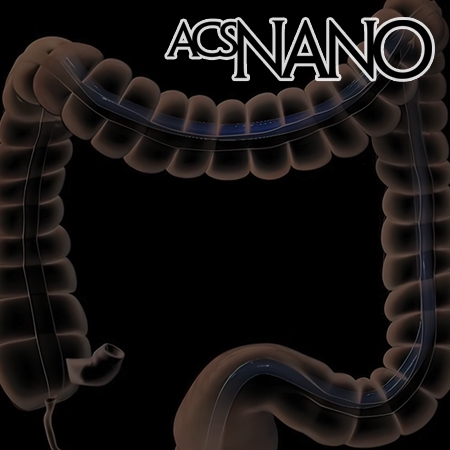
Development of spleen targeting H2S donor loaded liposome for the effective systemic immunomodulation and treatment of inflammatory bowel disease
Prof. Hyung-Jun Im
Nanoparticles are primarily taken up by immune cells after systemic administration. Thus, they are considered an ideal drug delivery vehicle for immunomodulation.
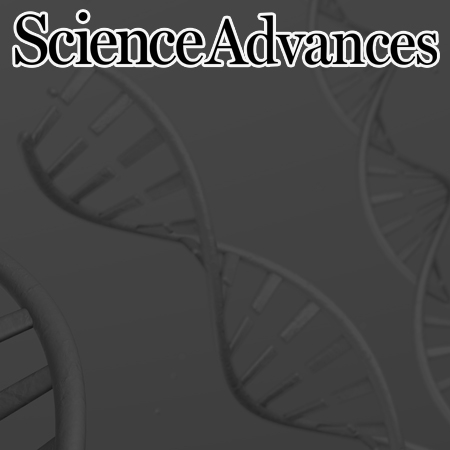
Engineering DNA-based synthetic condensates with programmable material properties, compositions, and functionalities
Prof. YONGDAE SHIN & DO-NYUN KIM
Biomolecular condensates participate in diverse cellular processes, ranging from gene regulation to stress survival. Bottom-up engineering of synthetic condensates advances our understanding of the organizing principle of condensates

